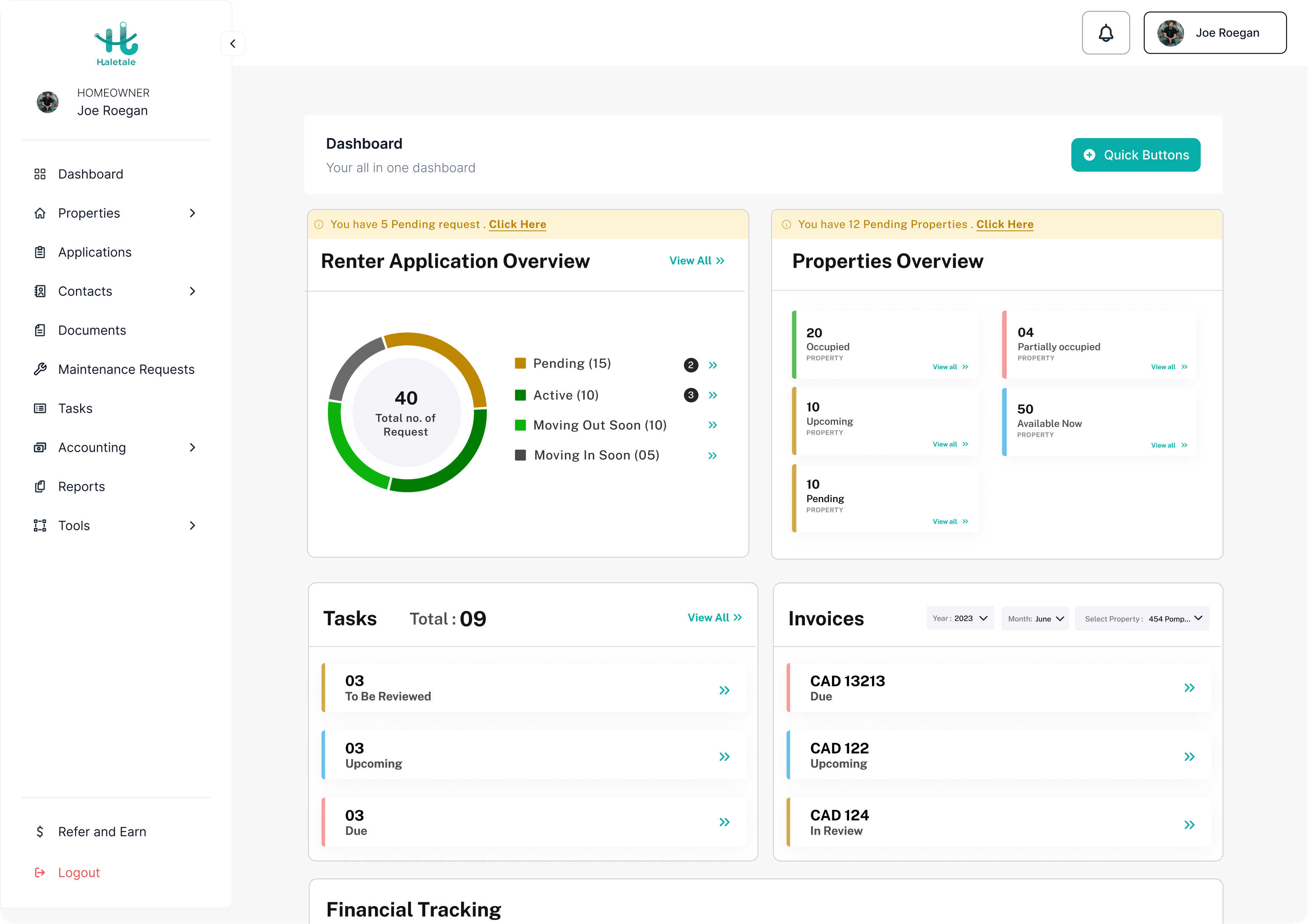Workspace management, according to OfficeRnd is the overall strategy businesses use to manage various elements within a work environment, including personnel, tasks, resources, and facilities, to improve efficiency, productivity, and cost-effectiveness of an office or workplace. Workspace management as a field is currently undergoing a significant transformation, led by an evolution of work trends and a need for an efficient use of office space. From maximizing office space to the need fo businesses to adapt to the new dynamics that arose as a result of the proliferation of remote work as a mode of work. Maximizing office space poses a significant challenge today. With a shift towards hybrid work models and flexible schedules, businesses have to optimize their physical spaces to accommodate variable occupancy levels and diverse work patterns. Just having an office with fixed workstations assigned to employees is no longer sufficient and often has led to underutilized spaces and inefficient space allocation. Here are all about the Challenges With Space Management.
Understanding Space Management
Space management refers to the strategic process of controlling, optimizing, and organizing the physical workspaces that are occupied by a business. The tasks associated with this process include the allocation, utilization, and design of spaces that enhance efficiency, and improve productivity and employee well-being. Space management is crucial for maximizing the value of real estate portfolios by creating environments that support the newer, evolving work trends.
The importance of space management resides in its potential to drive cost savings, enhance employee satisfaction, and reduce waste. By using effective space management, businesses can optimize their physical spaces to accommodate new work dynamics such as remote and hybrid work models, and create workspaces that promote collaboration and maximize productivity.
Common practices in modern space management include strategies like agile workspace planning and flexible arrangements which are used to adapt spaces to fit in varying needs and create a work environment that supports and maximizes organizational goals.
Challenges in Space Management
Efficient space management is a goal of every business to optimize their physical environs, support productivity, and adapt to changing work dynamics. Nowadays, however, several challenges arise when trying to navigate managing space effectively. They include:
-
The Impact of Remote Work
The shift towards remote work, which took off during the COVID-19 Pandemic has significantly impacted space management practices. With a hybrid work model becoming more prevalent, businesses face the challenge of balancing on-site and remote employees and having to navigate fluctuating office capacity levels.
-
Innovative Space Management Solutions
Overcoming obstacles in space management requires creative thinking. Data-driven choices on space allocation and design are made possible by real-time insights into space utilization patterns provided by technologies like as occupancy tracking systems, space management software, and Internet of Things sensors. Strategic methods that maximize space utilization and adaptability in space management include agile workspace planning and adaptable seating configurations.
-
Space Management Cost Analysis
Decisions about space management are heavily influenced by financial considerations. To maximize their real estate portfolio and save costs, businesses need to weigh the efficiency and cost-effectiveness of various space management techniques. Strategic planning and effective space allocation techniques are necessary to balance the requirement for a sufficient workplace with affordable solutions and to make the most use of available resources.
-
Technological Advancements
Technology can help optimize space management, but there are implementation, integration, and data management problems as well. To ensure efficient use and precise data collection, adopting new technologies such as IoT sensors, occupancy tracking systems, and space management software necessitates financial investment, ongoing maintenance, and training.
-
Regulatory Compliance
Organizations can find it difficult to successfully manage their spaces when they have to comply with zoning requirements, construction codes, safety standards, and accessibility guidelines. It takes careful planning and attention to regulatory frameworks to ensure that physical settings meet legal requirements while encouraging safety, inclusion, and sustainability. Businesses that violate regulations may face fines, legal repercussions, and harm to their brand.
In summary, space management issues necessitate a multipronged strategy that takes into account the effects of distant work dynamics, financial limits, technological improvements, and legal compliance. Businesses may optimize their physical spaces, accommodate changing work trends, and create settings that encourage productivity and innovation by putting strategic solutions designed to address these concerns into practice.
FAQs:
Q: What are the most common challenges in managing the workspace effectively?
A: Effective workspace management entails tackling issues like cost control, space minimization, and adjusting to the rise of remote work. Companies have challenges in combining the demand for sufficient workspace with cost-effective solutions, optimizing space use to accommodate varied occupancy levels and diverse work patterns, and modifying physical settings to suit remote and hybrid work models.
Q: How can technology aid in effective space management?
A: Through the provision of tools like IoT devices and space management software, the technology significantly contributes to the improvement of effective space management. These technological solutions enable data-driven decisions on space allocation and design, facilitate flexible workspace planning, and offer real-time insights into patterns of space consumption. Businesses can increase operational effectiveness, optimize their physical locations, and adjust to shifting work dynamics by utilizing technology.
Q: What role does employee experience play in space management?
A: Because employee experience has a direct impact on happiness, productivity, and well-being, it is important to consider while managing space. Encouraging a healthy work environment, fostering collaboration, and supporting overall organizational success are all facilitated by space planning that places a high priority on employee comfort, flexibility, and accessibility. Businesses may increase employee engagement, motivation, and performance by designing places that suit their requirements and preferences.
Q: How to balance cost and efficiency in space management?
A: Space management involves strategic planning and cost-effective solutions that maintain functioning to balance cost and efficiency. By employing strategies that improve space use while lowering costs, businesses can enhance the value of their real estate holdings. The implementation of tactics such as activity-based workplaces, adaptable seating configurations, and modular furniture can assist in striking a balance between operational efficiency and cost-effectiveness. Find the best Rental Property Management Software in Canada. Transform your Rental property into a cash-generating asset with our user-friendly property management software solution.
Smarter Property Management
Conclusion
In summary, successful workspace management presents several issues, including optimizing space, controlling costs, accommodating remote work, and maintaining a balance with employee satisfaction. Businesses may overcome these obstacles and establish dynamic work environments that foster productivity and cooperation by utilizing technology, putting creative solutions into practice, and placing a high priority on the well-being of their workforce. In order to satisfy the changing demands of contemporary workplaces, flexibility, sustainability, and technological integration are projected to be the main focuses of future developments in space management.
Call to Action
Investigate cutting-edge answers to your space management problems to boost productivity and worker happiness. To continue the discussion on maximizing workspace surroundings for success in a work world that is changing quickly, share your experiences or questions. Together, let’s work to shape how space management develops in the future.











